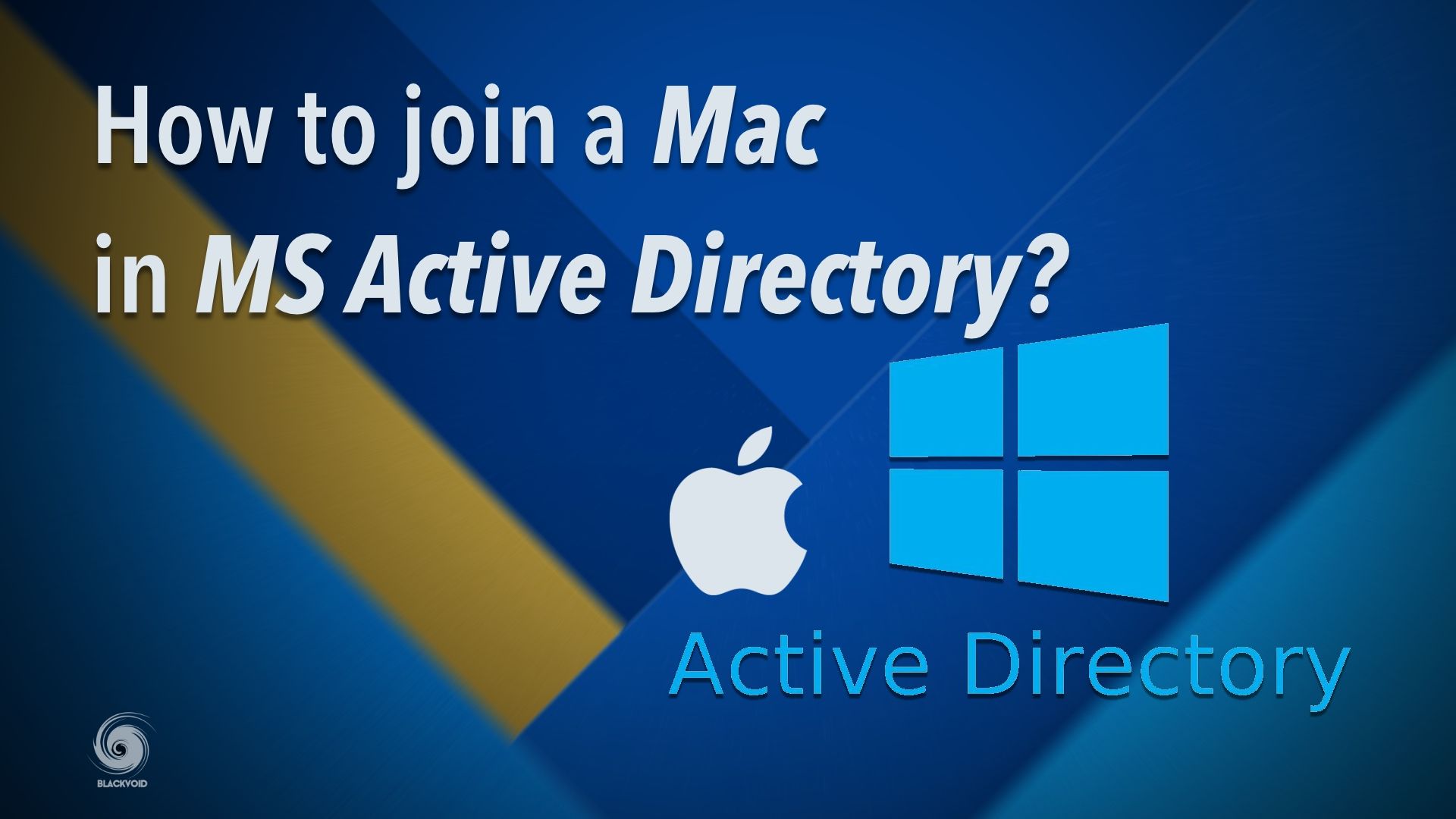
Once bound, you will see the server listed.
#Active directory client for mac os x plus#
From here, click on the plus sign (“+”) and enter the domain name into the Server field. Then click on the Edit… button for the Network Account Server. Once configured, verify that Open Directory or local clients can authenticate, bind to Active Directory.īind to Active Directory From within System Preferences, click on the Users & Groups System Preference pane and click on Login Options. To get started, first set Profile Manager up, as shown in a previous article I did. For many long-term Apple administrators, this paragraph is all you need to read. You’ll apply policies directly to Active Directory groups in Profile Manager. Kerberos isn’t really used here, nor are nested groups. Adding objects to this group enables them to authenticate to the MyDevices portal but not administrate. Users and groups from any directory domain that can be viewed in dscl can be added to this group.
#Active directory client for mac os x mac os x#
Apple has included a local group in Mac OS X Server called Profile Manager ACL.

Every Profile Manager instance is an Open Directory Master. But you’re gonna’ have to forget all that, ’cause getting Profile Manager to talk to Active Directory is one of the easiest things you’ll do.īefore we get started, architecture. You may remember those days when you had to manually craft service principals because xgrid wouldn’t play nice with Acive Directory, or you might think of twisting augmented records to support CalDAV.

So when you think about using Active Directory to manage iOS devices through the Profile Manager service, built into Lion Server, you may think that it’s a complicated thing to piece together. Over the years, the terms Magic, Golden, Triangle, Augments, Directory, Domains and Active have given the administrators of Mac OS X environments fits.


 0 kommentar(er)
0 kommentar(er)
